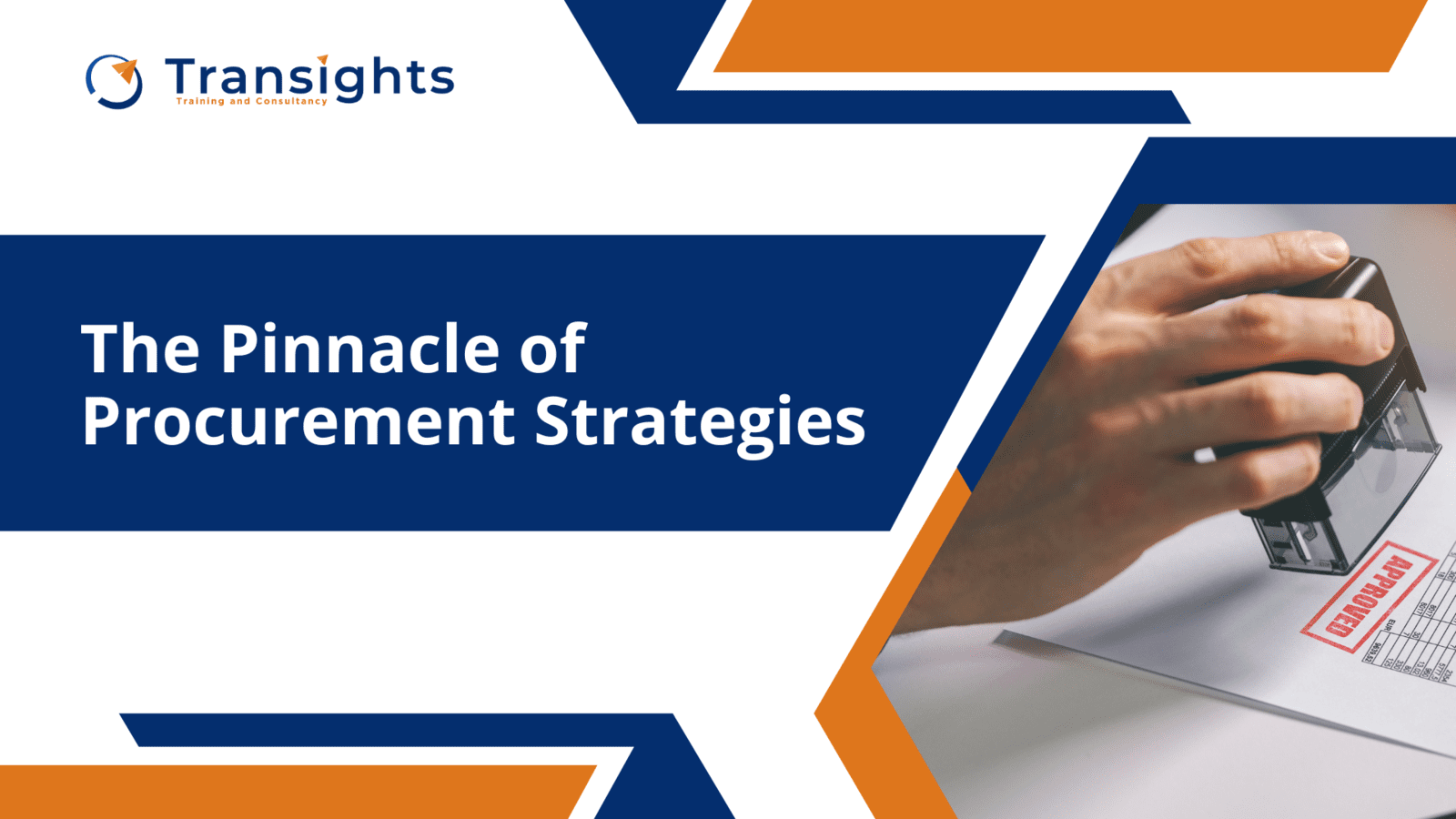
Procurement plays a pivotal role in the success of any organization. A well-crafted procurement strategy can enhance efficiency, reduce costs, and drive overall business success. In this article, we will delve into some of the best strategies for mastering the art of procurement and achieving sustainable value.
Strategic Sourcing:
Supplier Relationship Management (SRM):
Technology Integration:
Risk Management:
Cost Optimization:
Compliance and Ethics:
Talent Development:
Performance Measurement and Continuous Improvement:
Conclusion
Procurement is an ever-evolving discipline that requires a strategic and forward-thinking approach. By embracing strategic sourcing, fostering supplier relationships, integrating technology, managing risks, optimizing costs, ensuring compliance and ethics, developing talent, and prioritizing performance measurement, organizations can unlock the full potential of their procurement function. Mastering the art of procurement is not just about buying goods and services; it's about strategically positioning the organization for sustained success in a dynamic business landscape.

